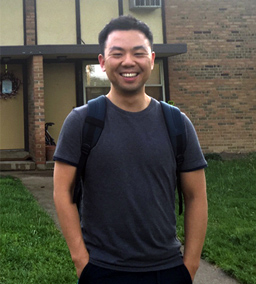
View FLYER
Abstract: This study explores the relationship between Low-Income Housing Tax Credit (LIHTC) developments and their access to community resources—such as facilities related to education, food, health, and social services—that are essential for residents’ life chances and well-being.
Previous studies have reported that LIHTC units are likely to be located in low-opportunity neighborhoods with substantial minority populations, high levels of poverty, weaker labor markets, and lower levels of safety and environmental quality. However, community resources still have been comparatively overlooked in terms of neighborhood opportunity; and scholars have provided evidence of the non-linear relationship between neighborhood socioeconomic status (SES) and access to resources.
At this point, a couple of important questions arise: What is the resource accessibility for LIHTC units? Is there any racial and ethnic inequality in access to resources among LIHTC tenants? To address these questions, I will measure the LIHTC units’ accessibility to community resources and examine the relationship between the accessibility and diverse attributes at the neighborhood and municipal levels.
This project will facilitate an advancement in measuring resource accessibility by applying spatial clustering as well as providing an essential base for future studies that examine the role of the built and social environment on individuals and neighborhoods. Thereby, I want to contribute to the management of urbanization towards more socially and economically sustainable forms.
Bio: The overarching goal of Jongho Won's research is to address urban inequalities that hinder underprivileged groups from accessing high-opportunity living environments. He specializes in urban and spatial inequality, affordable housing policies, neighborhood change, and built environments, exploring the nature of urban spatial structures and their roles in building inclusive and sustainable communities.
